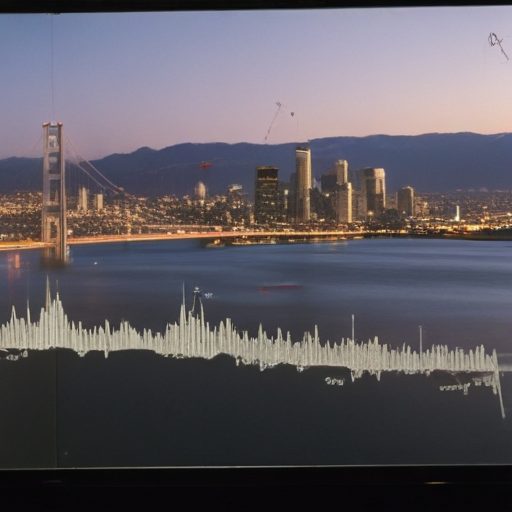A series of small earthquakes rattled the San Francisco Bay Area on Thursday, particularly near Hayward, California, just south of Oakland. According to data from the United States Geological Survey (USGS), a 3.3-magnitude quake struck at 11:52 a.m. PT, located approximately one mile east of Hayward. Later in the afternoon, another quake with an initial magnitude of 3.7 was recorded shortly after 2 p.m.; this tremor was felt as far away as San Francisco.
As seismologists analyze the data from these events, it’s possible that the reported magnitudes could be updated. This could also involve revisions to the shake-severity map based on additional information about the earthquakes.
These events occurred on the Hayward Fault, which, despite being less high-profile than the San Andreas Fault, is considered equally capable of producing substantial seismic events. The USGS has described the Hayward Fault as one of the most dangerous in the nation due to its location in a densely populated area. A 2018 report projected that a potent 7.0-magnitude earthquake on this fault could lead to significant casualties and widespread property damage.
Aftershocks, which are smaller quakes that follow larger ones, can occur after the main seismic events. These aftershocks can happen days, weeks, or even years later, and might exceed the magnitude of the initial quake. It’s vital for residents in seismically active areas such as the Bay Area to remain aware of the risks posed by aftershocks and take appropriate safety measures.
In conclusion, while the recent quakes were minor, they serve as a reminder of the ongoing seismic activity in the region and the associated risks. Awareness and preparedness are key to minimizing the potential impacts of future, more powerful earthquakes.
